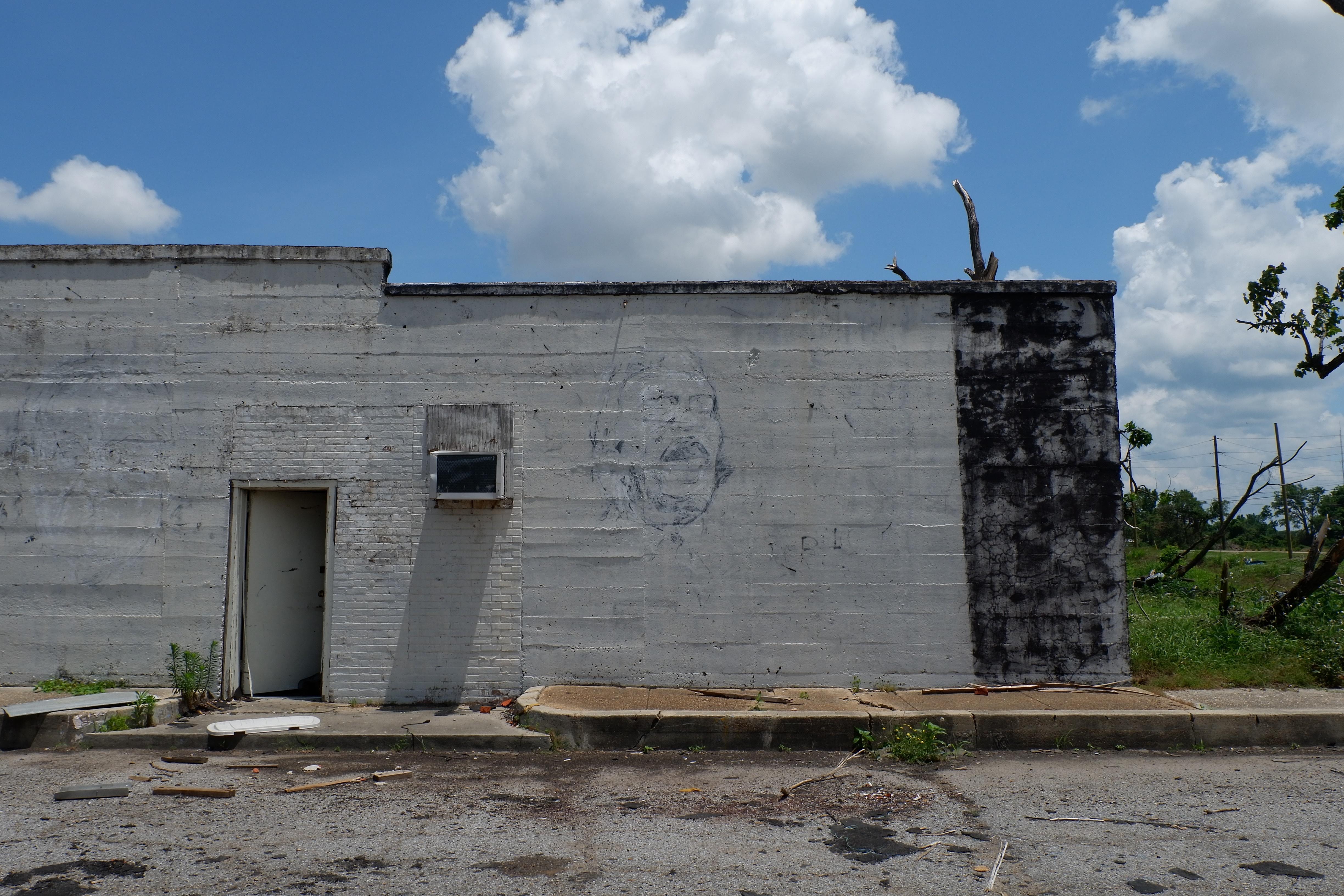What was lost
More than 20 people were killed as the tornado cut a path nearly 60-miles across western Mississippi. It was part of a larger storm system then moving eastward across the United States and one of multiple tornados reported that day across the southeast.
With Rolling Fork’s city hall, community hospital and emergency response stations all destroyed, first responders from nearby towns were forced to triage the injured in the parking lot of the John Deer dealership that night.
“I’ve never experienced anything like that in my life — I’ve seen it on the news, but never, ever in person,” said Barbie Anderson, a resident of Rolling Fork since 1959. “I had all my windows knocked out. My shutters, my posts and my house kind of shattered a little. I have three bedrooms where I have to get the ceilings done, walls replaced and I have to get my floor done.”
While Anderson’s house is still standing, her sister, who lived next door, lost everything. Such is the random nature of the destruction brought on by tornados, both unpredictable and often unavoidable. Where some houses received significant to little damage, others are completely gone.
Just a few blocks away, east of downtown Rolling Fork, a large grass clearing is strewn with family mementos and household appliances. Where debris piles have been cleared remain concrete slabs that once served as the foundation for dozens of brick homes.
Otis Anderson, who was born in Rolling Fork, described the changes from the front porch of his home.
“Where those trees is bent down over there — all those was brick houses. I think it’s two houses standing over there now, just two, and only one is livable. There was a big house on the corner right there, guy had insurance but didn’t have enough to build back,” Anderson said.





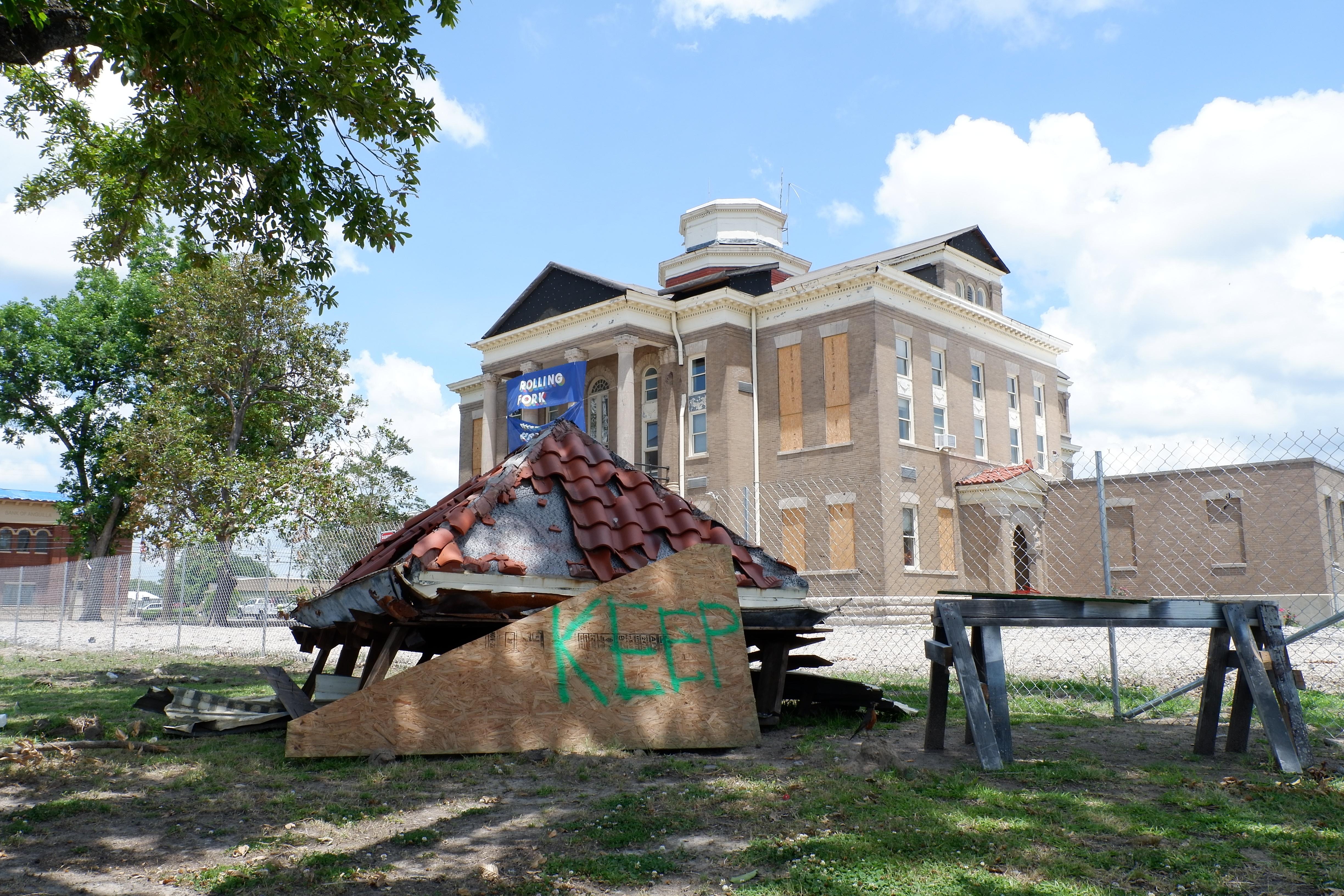


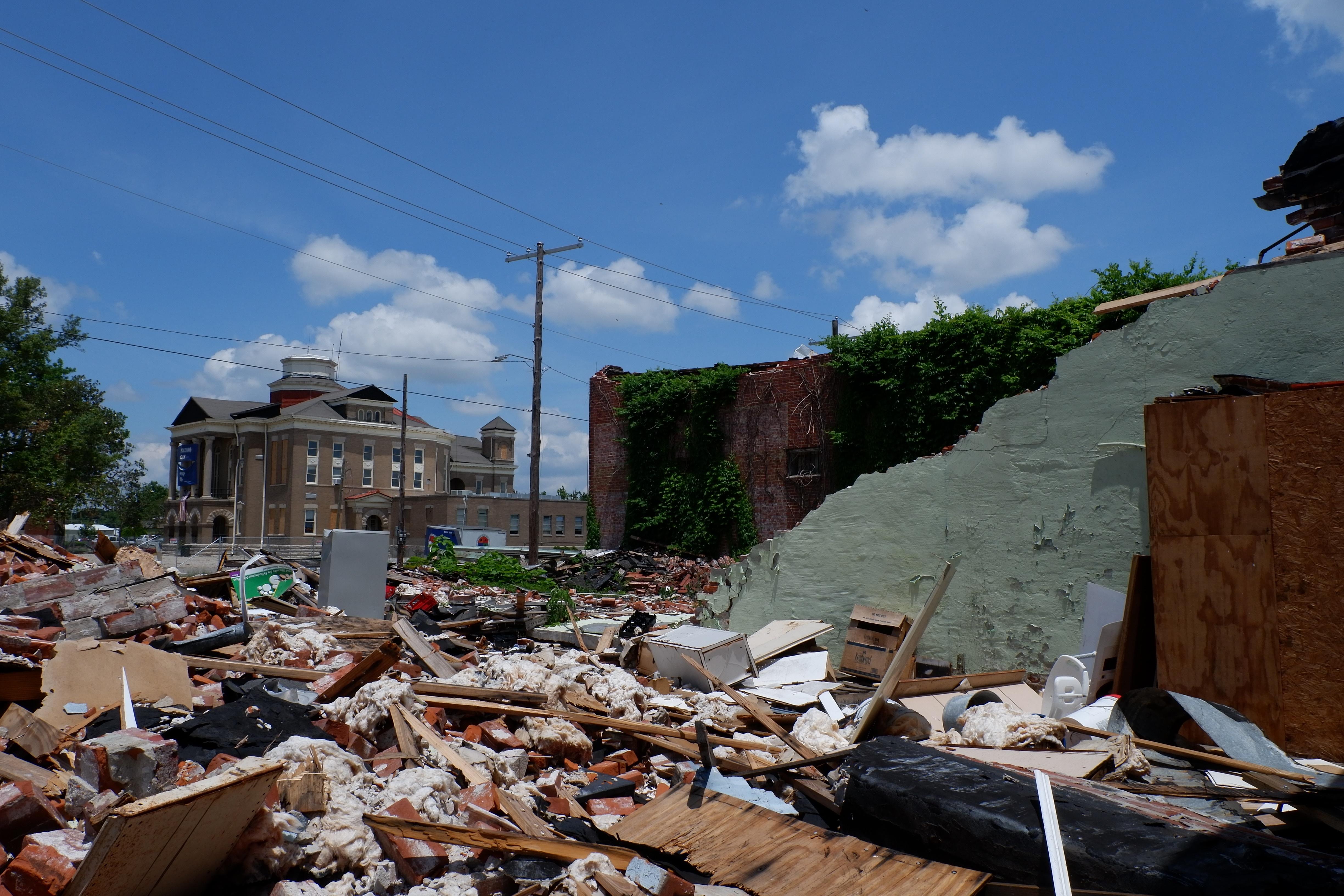
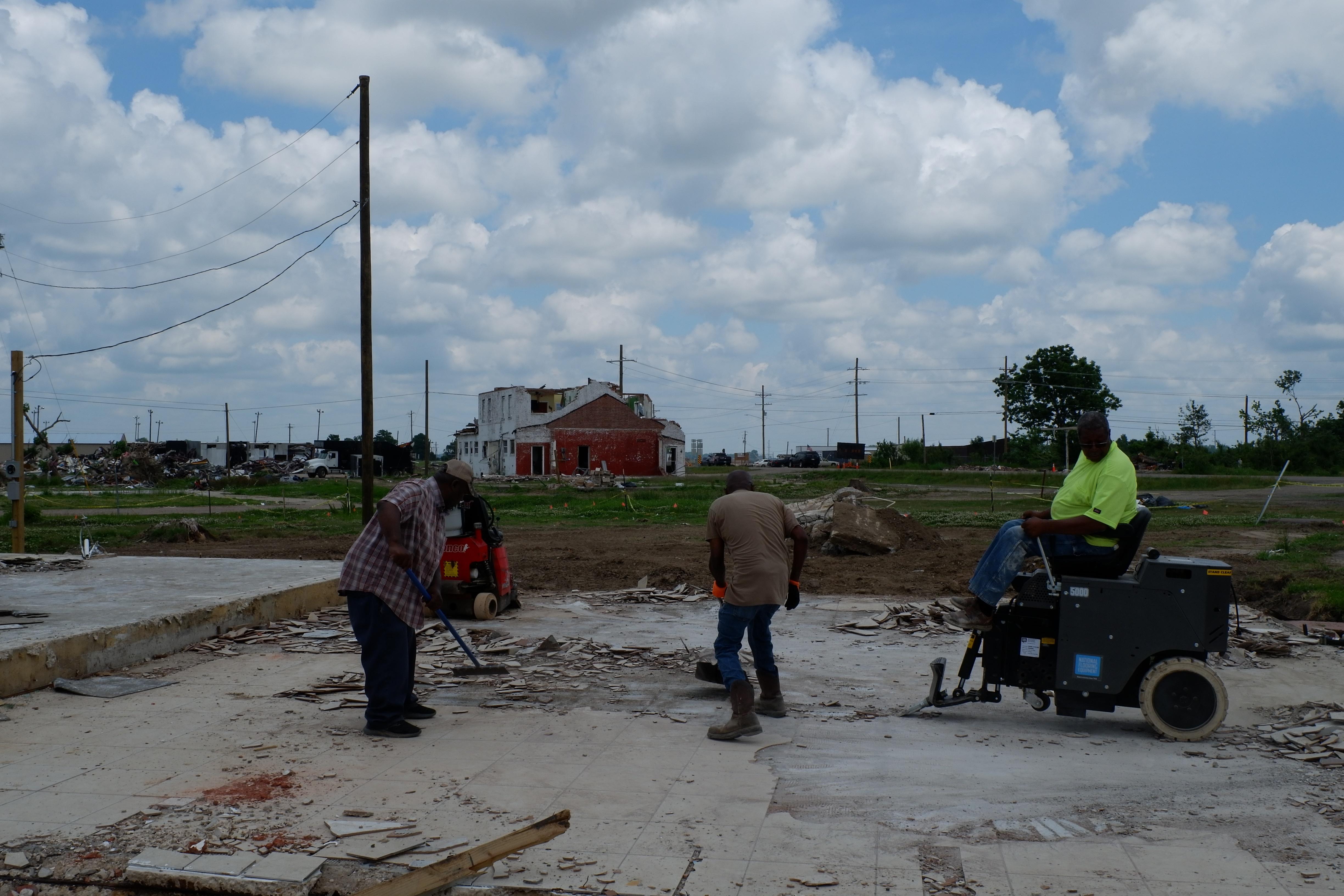
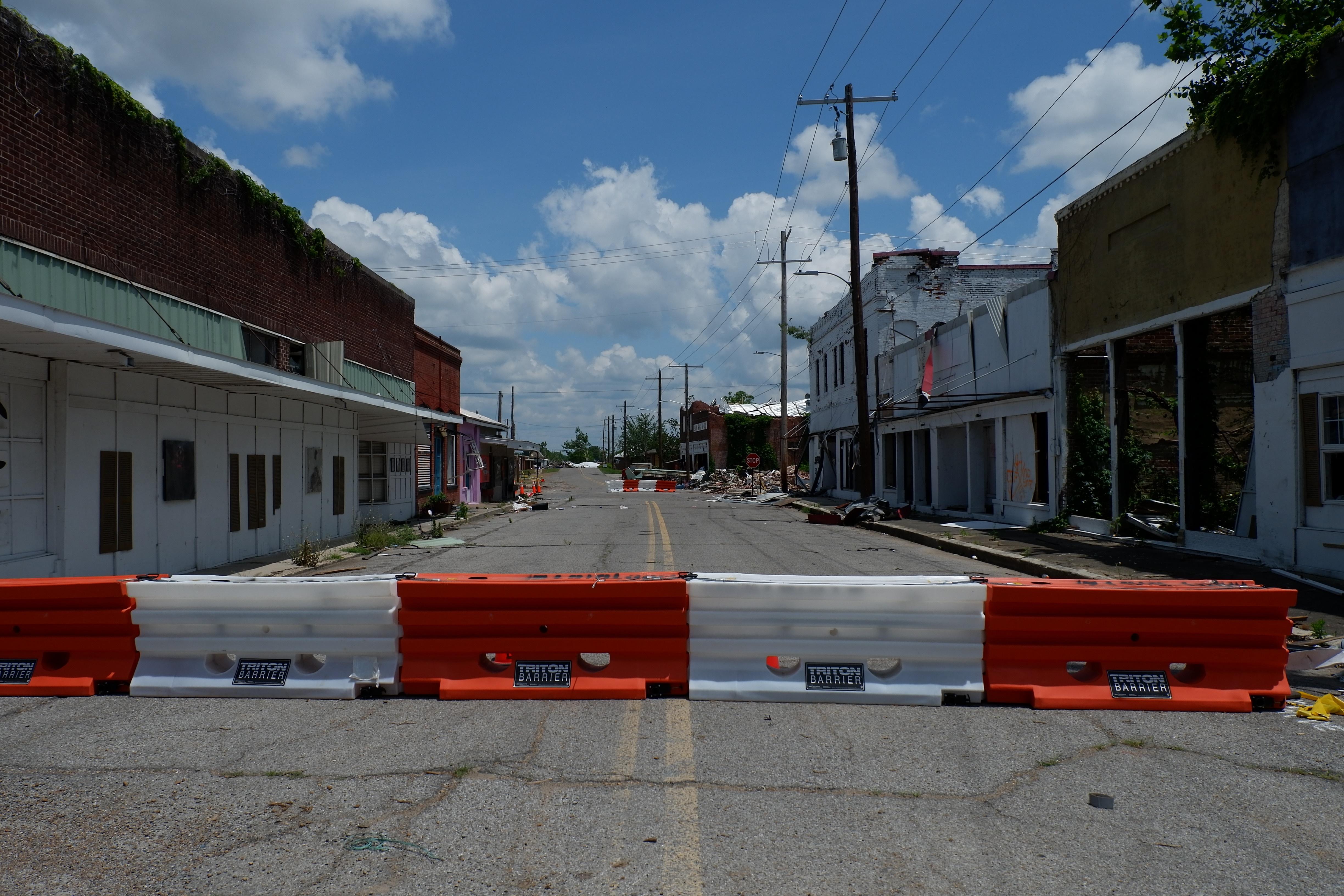
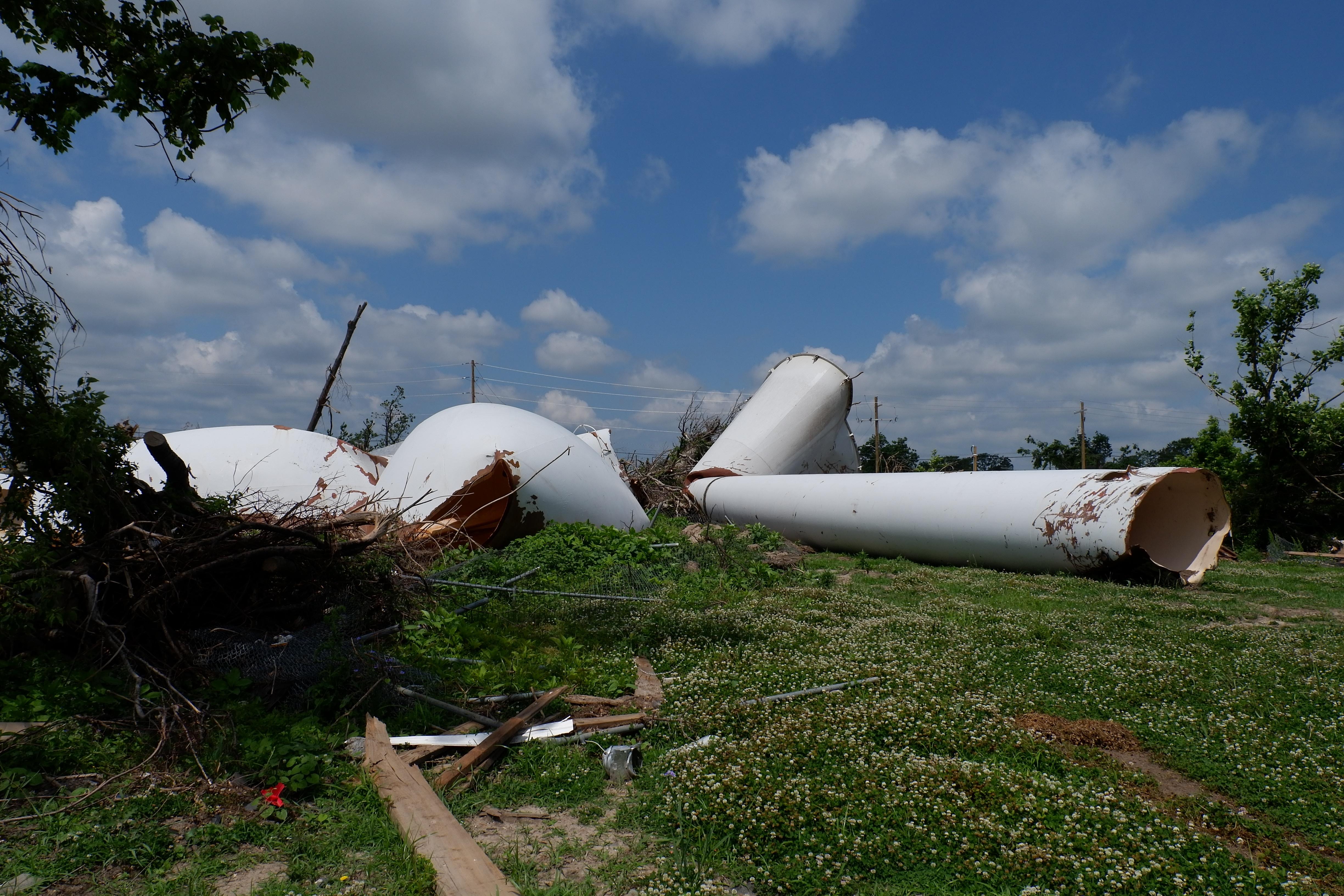
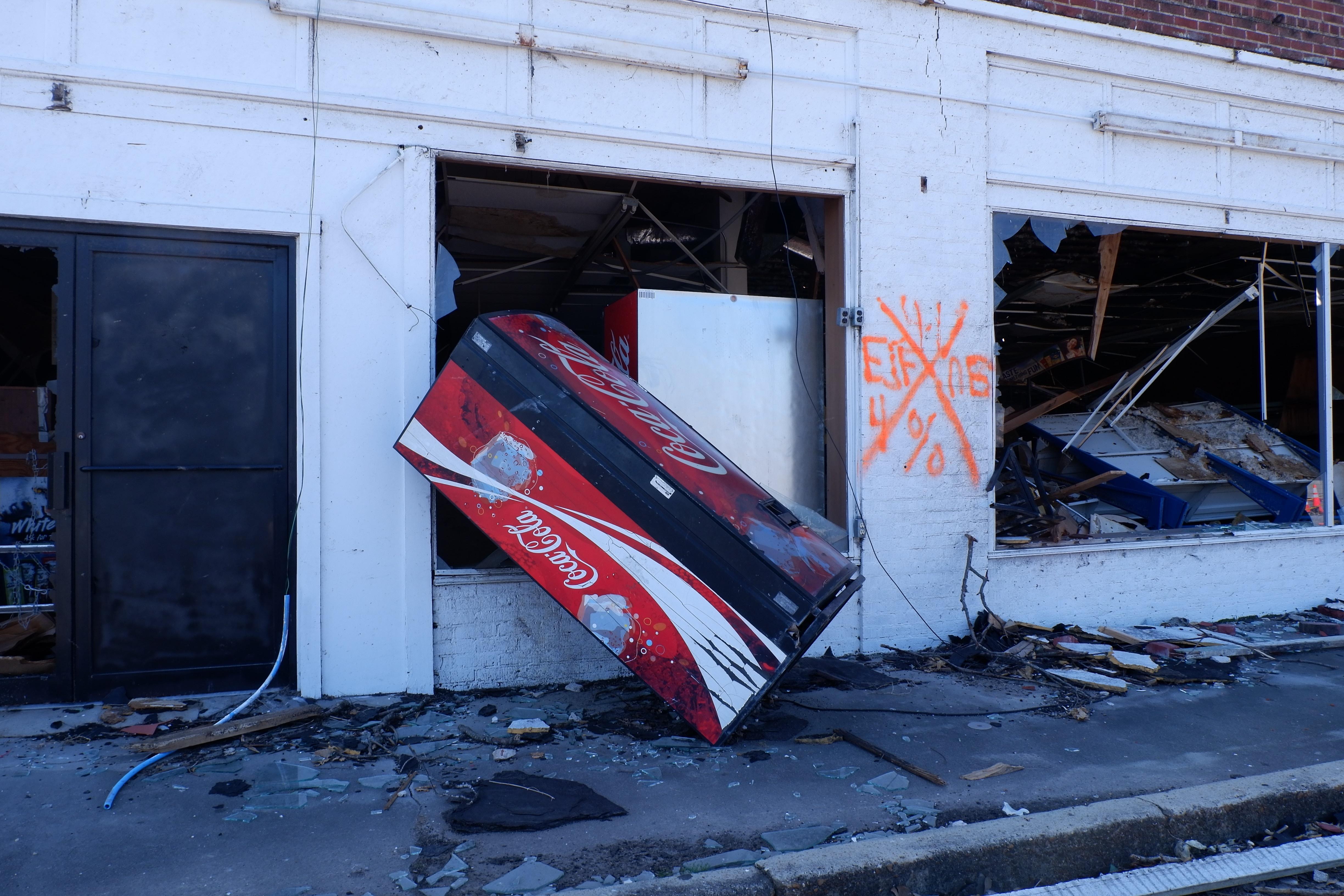
.JPG)

